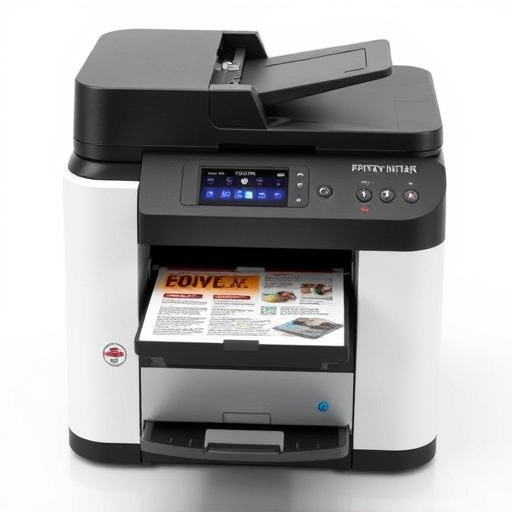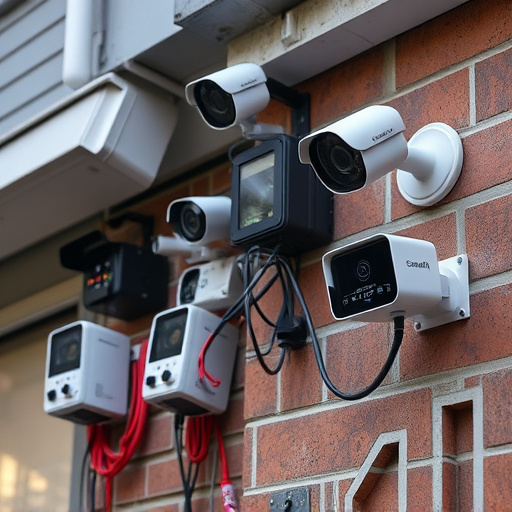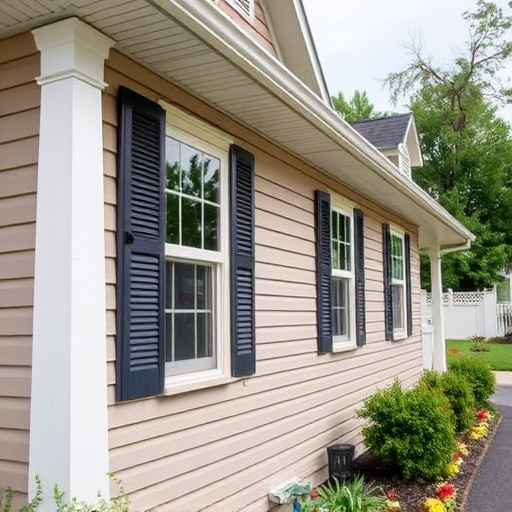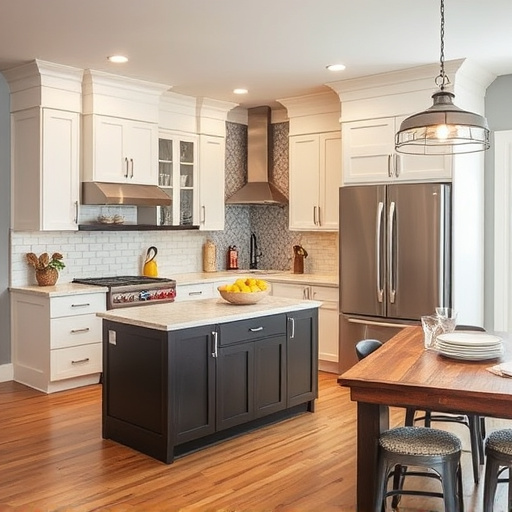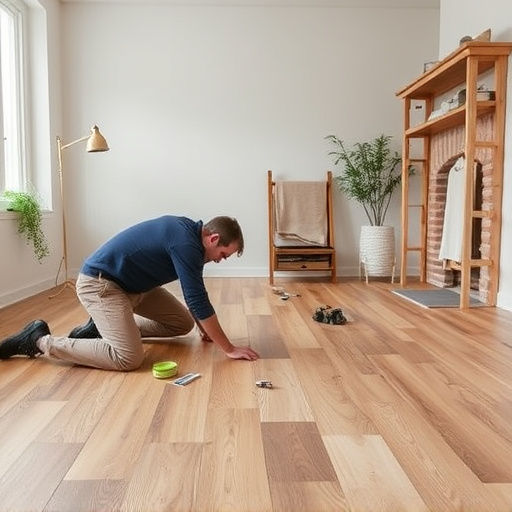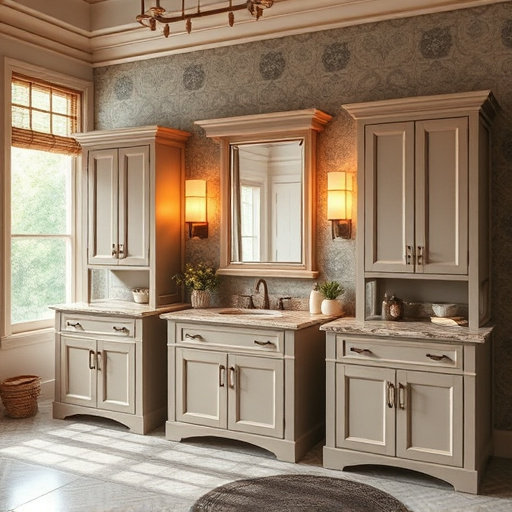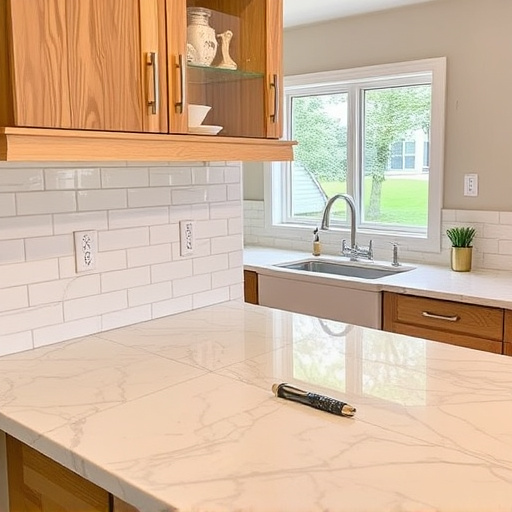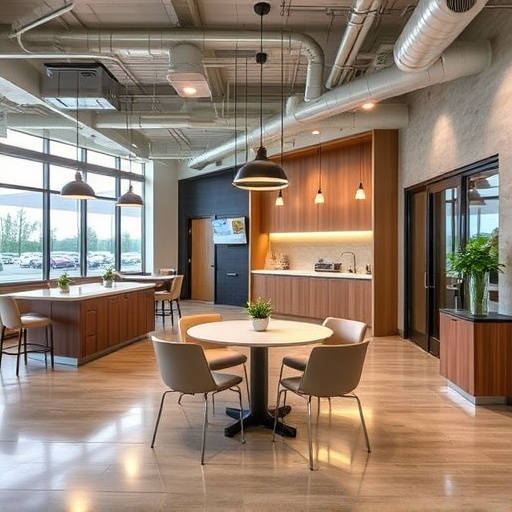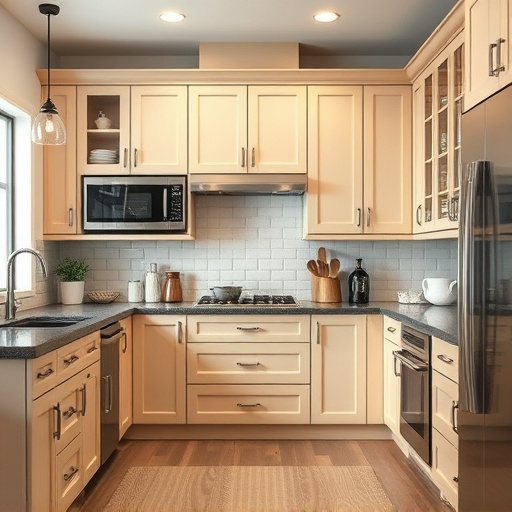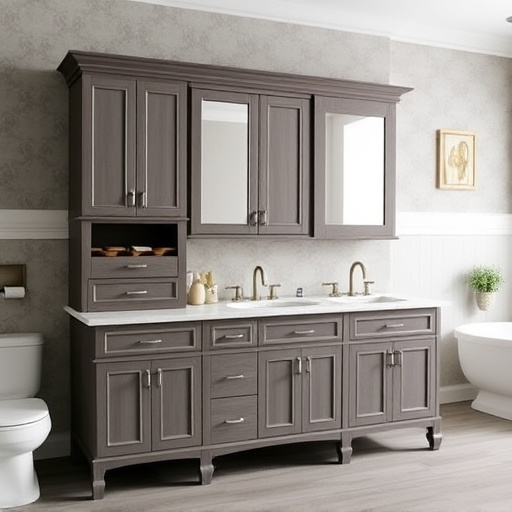Before starting a new bathroom project, check local permit requirements and building codes to avoid legal issues. Research municipal rules online, submit detailed plans, and obtain necessary certificates for plumbing, electrical work, and structural changes to ensure safety, compliance, and a smooth construction process.
Planning a new bathroom project? Understanding the permits you need is crucial before breaking ground. This guide navigates the essential steps, ensuring a smooth renovation process. First, grasp the local building codes specific to your area, which dictate structural and safety standards. Then, obtain health and safety certificates to comply with regulations. By addressing these aspects, you’ll be well-prepared to transform your space into a modern, functional new bathroom.
- Understanding Permits for Bathroom Renovations
- Identifying Required Local Building Codes
- Obtaining Necessary Health and Safety Certificates
Understanding Permits for Bathroom Renovations
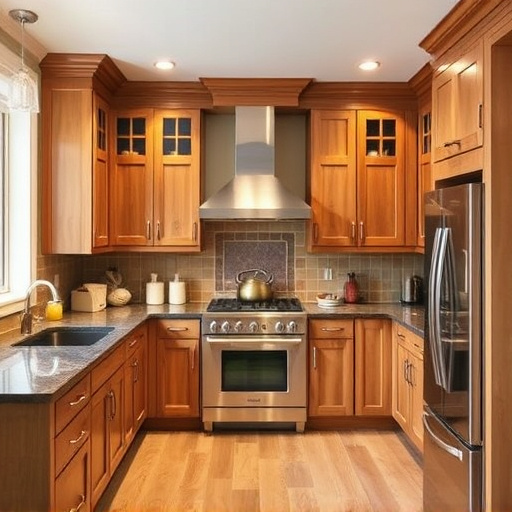
When embarking on a new bathroom project, understanding the permit requirements is an essential step to ensure your renovation stays on track and compliant with local regulations. Permits are necessary for various aspects of bathroom renovations, from basic installations like fixtures and tiles to more complex work such as plumbing alterations or structural changes.
Knowing which permits you need beforehand can save you time and potential legal issues down the line. Different municipalities have varying rules, so it’s crucial to check with your local building department to determine specific requirements for your new bathroom. This process often involves submitting plans detailing your renovation scope, including any floor replacements or modifications, to ensure they align with safety standards and building codes.
Identifying Required Local Building Codes
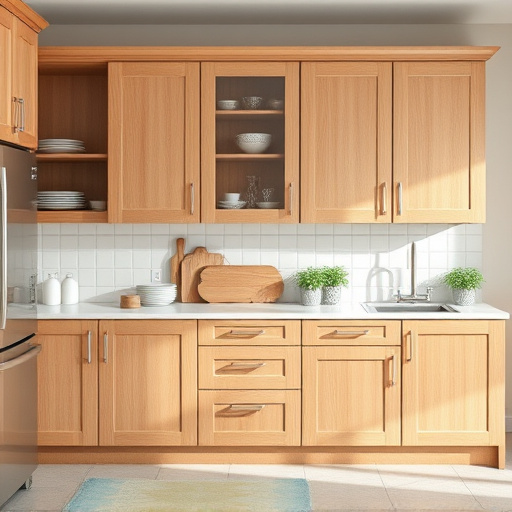
Before starting your new bathroom project, it’s crucial to understand and adhere to local building codes, which can vary widely from one municipality to another. These codes are designed to ensure safety, functionality, and compliance with construction standards in your area. Identifying the required local building codes is an essential step in any home addition or renovation project, including bathroom renovations and floor replacements.
Researching these regulations will help you avoid costly mistakes and potential delays. Local authorities typically provide information on their websites about permitted uses, zoning restrictions, and specific requirements for structural changes, plumbing installations, and electrical work. Staying informed throughout the process guarantees that your new bathroom project aligns with all necessary guidelines, ensuring a smooth construction and inspection process for your bathroom renovations.
Obtaining Necessary Health and Safety Certificates
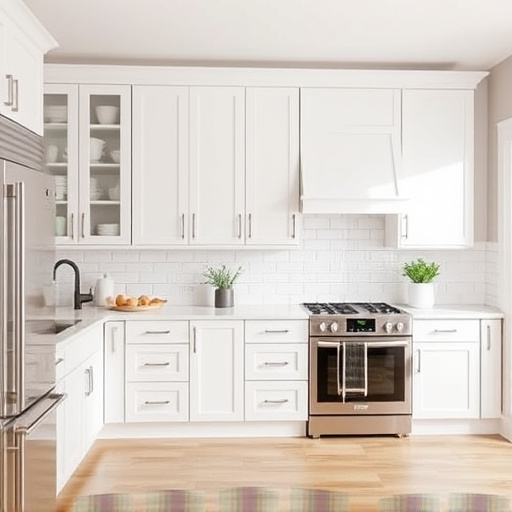
Before starting your new bathroom project, it’s imperative to prioritize health and safety. Obtain the necessary certificates to ensure your renovation complies with local regulations. These certifications are crucial for any home improvement services, especially when dealing with plumbing and electrical work, which are integral parts of a new bathroom installation. By securing these permits, you’re not just adhering to legal requirements but also guaranteeing the safety and quality of your home transformations.
Focusing on health and safety certificates is a vital step in the process, as it protects both the residents and future users of the space. It’s worth noting that these measures extend beyond the new bathroom; they can serve as a model for other home renovations, like kitchen renovations, emphasizing the importance of following proper procedures for any remodeling project within your residence.
When embarking on a new bathroom project, securing the right permits is paramount. Understanding local building codes and obtaining health and safety certificates ensures your renovation complies with regulations, safeguarding both your investment and future enjoyment of your updated space. By navigating these requirements diligently, you’ll avoid potential delays and create a safe, compliant bathroom that enhances your living experience.
